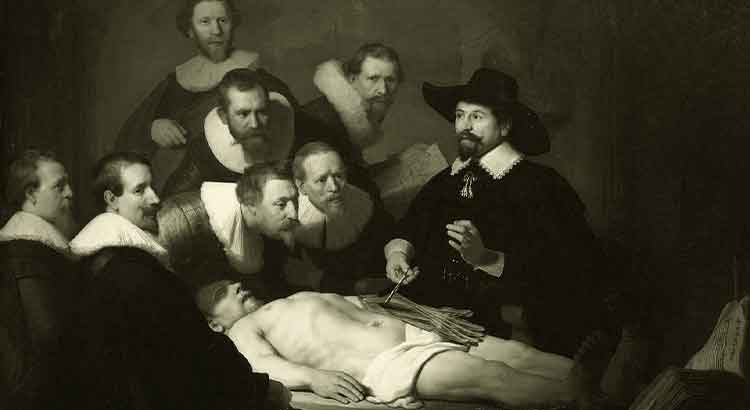Very interesting essay, as always, in the case of this plume. To Tolstoy, the work of art is a means of transmitting feelings, that is to say: regardless of the qualitative character of the feeling expressed,—which can be good, bad, strong, weak…—the artistic work fulfills its role as long as this feeling communicated by the artist is experienced by those who come in contact with it. And the master, without evasions, carries out the consequences of this proposition, judging the various aesthetic theories over time and citing numerous artists as examples of great, bad, true, and false art. Essentially, he says, art is not a search for “beauty”,—nor any other abstraction,—but an instrument that enables the artist to transmit that which extrapolates the rational argument, to transmit personal feelings experienced by the author. Art, thus, establishes a link between the artist and the common man, justifying its noble role in society since it allows anyone to have experiences that would not be possible by any other means. Tolstoy also judges the art of his time mostly corrupted and risks some comments about the “art of the future”. The essay dates from 1898, the master passed away in 1910: he spared himself from witnessing how unfortunately all his predictions would fall by the wayside…
____________
Read more:
